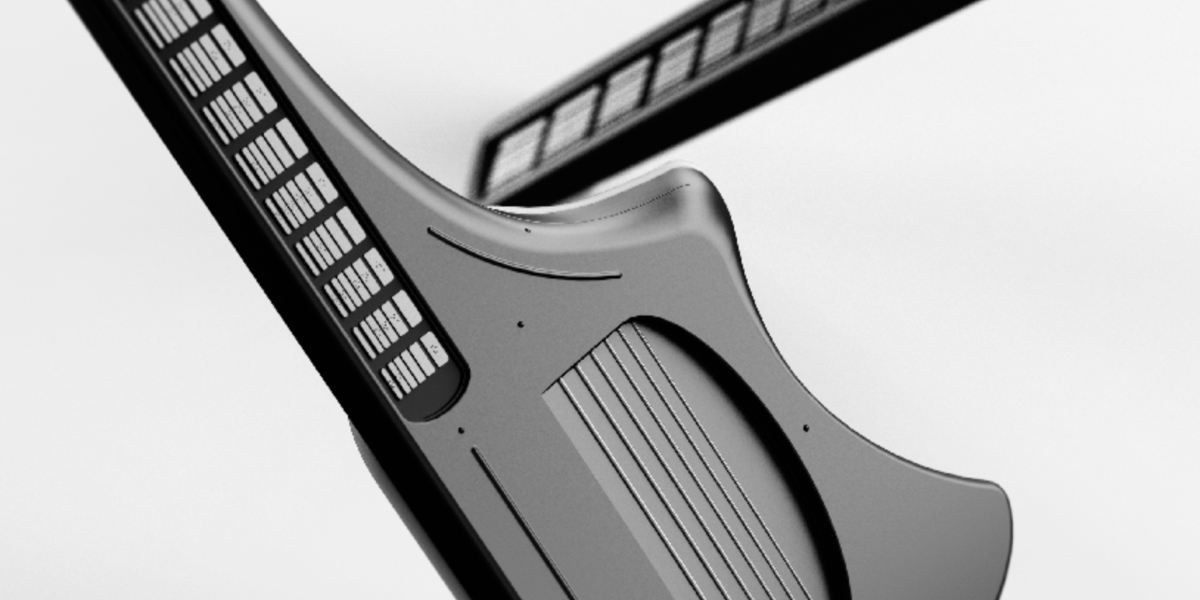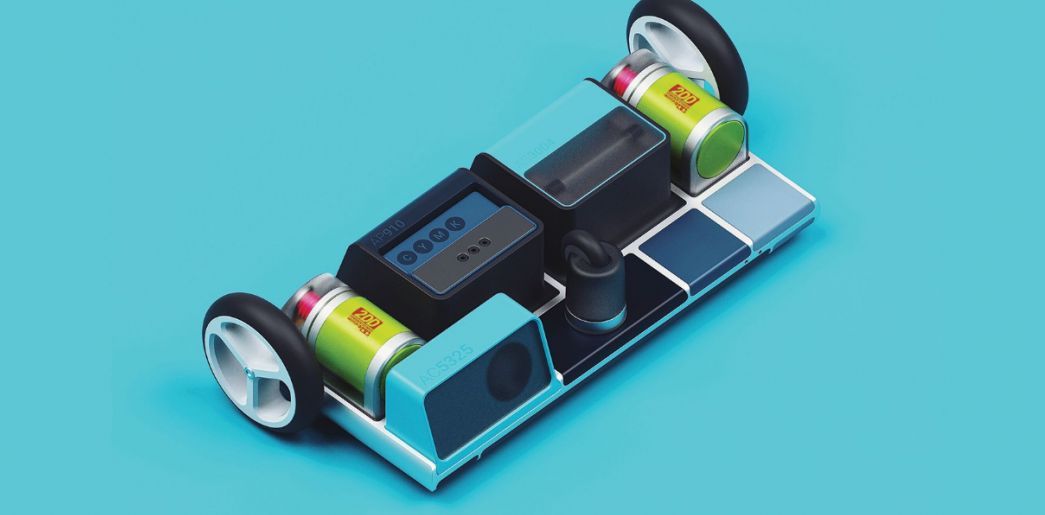AWARD YEAR
2023
CATEGORY
Play & Learning
GOALS
Good Health & Well-being, Climate Action, Life On Land
KEYWORDS
Virtual reality simulation, climate change, Design For Education
COUNTRY
Australia
DESIGNED BY
Safa Molan, University of South Australia
WEBSITE
https://www.unisa.edu.au/media-centre/Releases/2022/immersive-vr-empowering-kids-to-survive-in-fire-flood-and-war/
Immersive VR
Empowering kids to survive in fire, flood, and war
How does it work?
A virtual reality (VR) experience developed by the University of South Australia is educating children about bushfires and helping them learn how to be safer in a bushfire incident.
Focusing on children aged 10-12 years, the new VR experience presents a scenario where children are tasked to look after a friend’s dog just before a fire event begins to unfold. They participate in a series of problem-solving activities to help save and protect themselves and the dog.
Published in the Journal of Educational Computing, the research demonstrates how immersive VR experiences can deliver significant positive learning outcomes for primary children, independent of their gender, background knowledge or perceived ability to respond to bushfire hazards.
The findings showed that more than 80 per cent of children agreed or strongly agreed that they felt more confident to calmly evaluate the options and make wise decisions to protect themselves from a bushfire.
Why is it needed?
When you live in the driest State in the driest country in the world, bushfires are an unfortunate, and all-too-regular part of life. Learning how to survive such emergencies is important for all people, but especially for our youngest citizens
How does it improve life?
The solution empowers children to understand risks in society and to take action and realize they can help instaed of just being passive victims.





